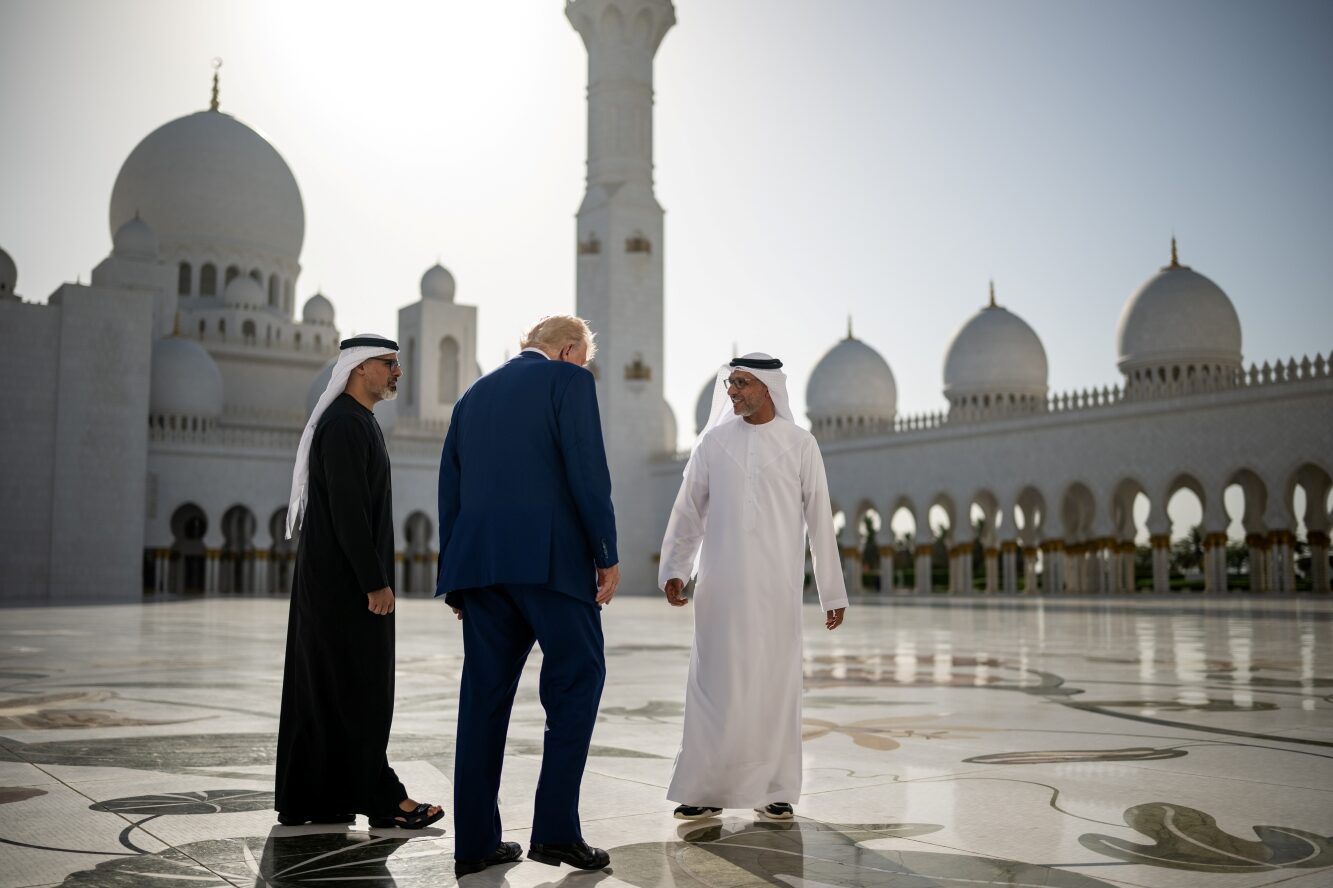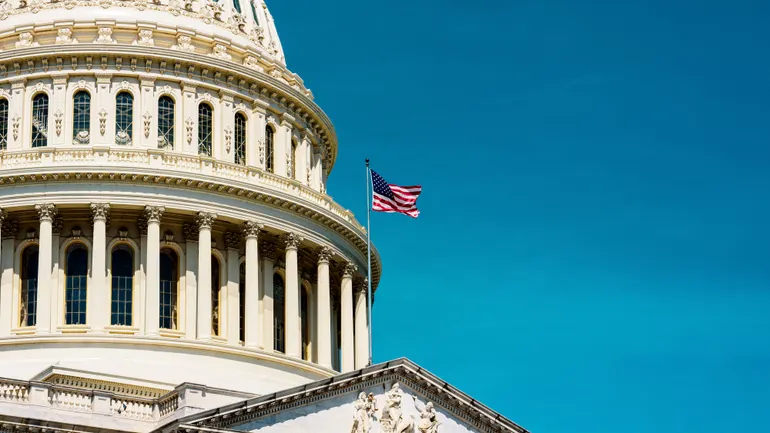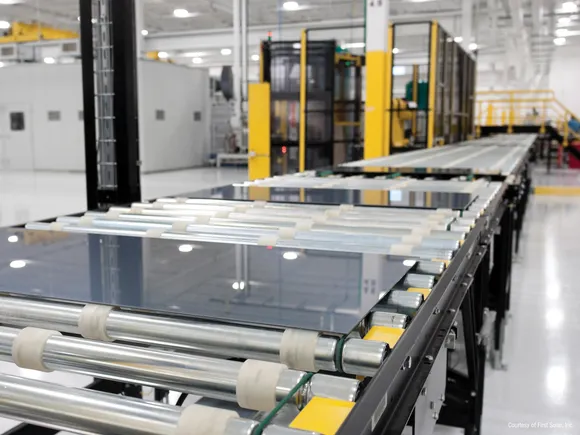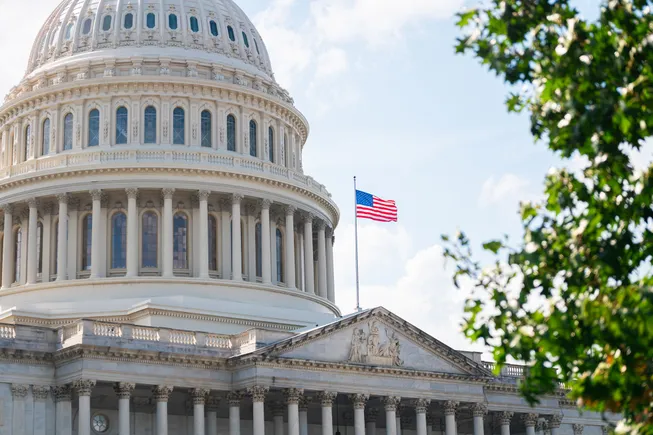How scarcity sells: New Balance's "once every 5 years" sneaker strategy
New Balance Made in USA 1300JP Credits: New Balance New Balance is preparing to release its Made in USA 1300JP trainer this May, marking the sixth iteration of a product strategy that has become a textbook case in scarcity marketing within the athletic footwear sector. The Boston-based company restricts availability of the model to once every five years, a deliberate constraint that has transformed what began as a 100 dollar running shoe in 1985 into a 330 dollars (270 pounds) collector's item that routinely sells out within hours of release. The approach represents a calculated departure from the industry's typical volume-driven model. While competitors Nike and Adidas pursue market share through frequent product launches and broad distribution, New Balance has carved out a premium niche by manufacturing artificial shortage around select heritage models. The five-year cycle creates a sense of event around the product that transcends normal retail dynamics. Consumers aren't just buying shoes – they're participating in a cultural moment with built-in exclusivity. The economic mechanics prove compelling. The 1300JP commands pricing 65 percent above New Balance's standard premium offerings, while production costs remain broadly similar to other models manufactured at the company's Maine facility. The restricted supply model also eliminates traditional inventory risks, as demand consistently exceeds availability. Japan remains the model's strongest market, where the original 1300 gained cult status among consumers who prized its construction quality and technological innovation. This geographic concentration has allowed New Balance to maintain pricing power even as the broader athletic footwear market faces margin pressure from discount retailers and direct-to-consumer brands. “The 1300JP is a shoe like no other, an emblem of the soul of New Balance, that is prized by collectors and appreciators around the globe. Even before joining New Balance myself 34 years ago, I was inspired by my father’s work with the brand on the innovative sole design for the original 1300JP. This legacy model has been a constant throughout my career at New Balance, from spending years perfecting the first reissue, to working diligently on each subsequent launch to evolve the style in subtle ways while remaining true to its roots. With 2025’s launch we are excited to continue the 1300JP’s legacy, showcasing the design’s timeless appeal to loyal fans and a new generation” said Shinichi Kubota, Vice President, New Balance Japan. The strategy reflects broader shifts in luxury goods marketing, where brands increasingly leverage time-based scarcity rather than traditional exclusivity markers. Similar approaches have driven success across categories, from Hermès' production limitations on Birkin bags to Supreme's weekly product drops. New Balance's manufacturing approach reinforces the scarcity narrative. The company produces the 1300JP exclusively at its Skowhegan facility, where higher labour costs create authentic "Made in USA" positioning that justifies premium pricing to consumers increasingly focused on provenance and craft. The model's performance metrics validate the strategy's effectiveness. Pre-release marketing generates significant earned media coverage, while post-launch resale values often exceed retail pricing, indicating structural undersupply relative to demand. Industry observers note that such strategies require careful calibration. Excessive scarcity can alienate core customers, while too-frequent releases dilute the exclusivity premium. New Balance's five-year cycle appears to strike an optimal balance, maintaining desire while avoiding consumer fatigue. The 1300JP launch forms part of New Balance's "Grey Days" marketing campaign throughout May, demonstrating how the company layers additional narrative around scarcity-driven releases to maximise cultural impact and media coverage.
New Balance is preparing to release its Made in USA 1300JP trainer this May, marking the sixth iteration of a product strategy that has become a textbook case in scarcity marketing within the athletic footwear sector.
The Boston-based company restricts availability of the model to once every five years, a deliberate constraint that has transformed what began as a 100 dollar running shoe in 1985 into a 330 dollars (270 pounds) collector's item that routinely sells out within hours of release.
The approach represents a calculated departure from the industry's typical volume-driven model. While competitors Nike and Adidas pursue market share through frequent product launches and broad distribution, New Balance has carved out a premium niche by manufacturing artificial shortage around select heritage models.
The five-year cycle creates a sense of event around the product that transcends normal retail dynamics. Consumers aren't just buying shoes – they're participating in a cultural moment with built-in exclusivity.
The economic mechanics prove compelling. The 1300JP commands pricing 65 percent above New Balance's standard premium offerings, while production costs remain broadly similar to other models manufactured at the company's Maine facility. The restricted supply model also eliminates traditional inventory risks, as demand consistently exceeds availability.
Japan remains the model's strongest market, where the original 1300 gained cult status among consumers who prized its construction quality and technological innovation. This geographic concentration has allowed New Balance to maintain pricing power even as the broader athletic footwear market faces margin pressure from discount retailers and direct-to-consumer brands.
“The 1300JP is a shoe like no other, an emblem of the soul of New Balance, that is prized by collectors and appreciators around the globe. Even before joining New Balance myself 34 years ago, I was inspired by my father’s work with the brand on the innovative sole design for the original 1300JP. This legacy model has been a constant throughout my career at New Balance, from spending years perfecting the first reissue, to working diligently on each subsequent launch to evolve the style in subtle ways while remaining true to its roots. With 2025’s launch we are excited to continue the 1300JP’s legacy, showcasing the design’s timeless appeal to loyal fans and a new generation” said Shinichi Kubota, Vice President, New Balance Japan.
The strategy reflects broader shifts in luxury goods marketing, where brands increasingly leverage time-based scarcity rather than traditional exclusivity markers. Similar approaches have driven success across categories, from Hermès' production limitations on Birkin bags to Supreme's weekly product drops.
New Balance's manufacturing approach reinforces the scarcity narrative. The company produces the 1300JP exclusively at its Skowhegan facility, where higher labour costs create authentic "Made in USA" positioning that justifies premium pricing to consumers increasingly focused on provenance and craft.
The model's performance metrics validate the strategy's effectiveness. Pre-release marketing generates significant earned media coverage, while post-launch resale values often exceed retail pricing, indicating structural undersupply relative to demand.
Industry observers note that such strategies require careful calibration. Excessive scarcity can alienate core customers, while too-frequent releases dilute the exclusivity premium. New Balance's five-year cycle appears to strike an optimal balance, maintaining desire while avoiding consumer fatigue.
The 1300JP launch forms part of New Balance's "Grey Days" marketing campaign throughout May, demonstrating how the company layers additional narrative around scarcity-driven releases to maximise cultural impact and media coverage.


























































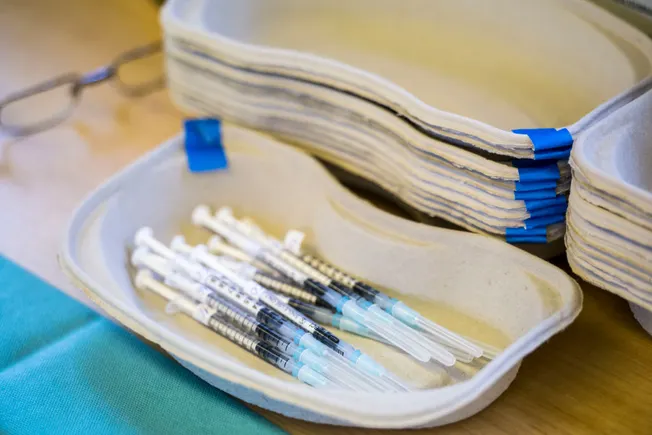




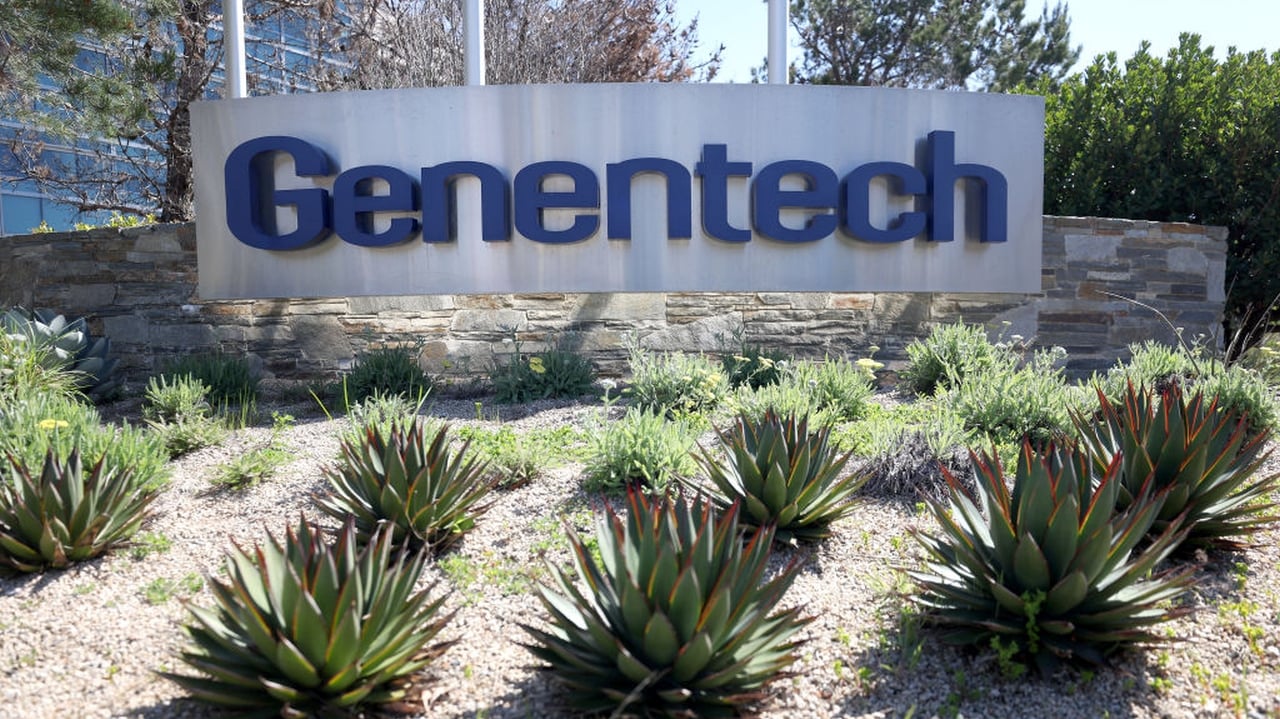



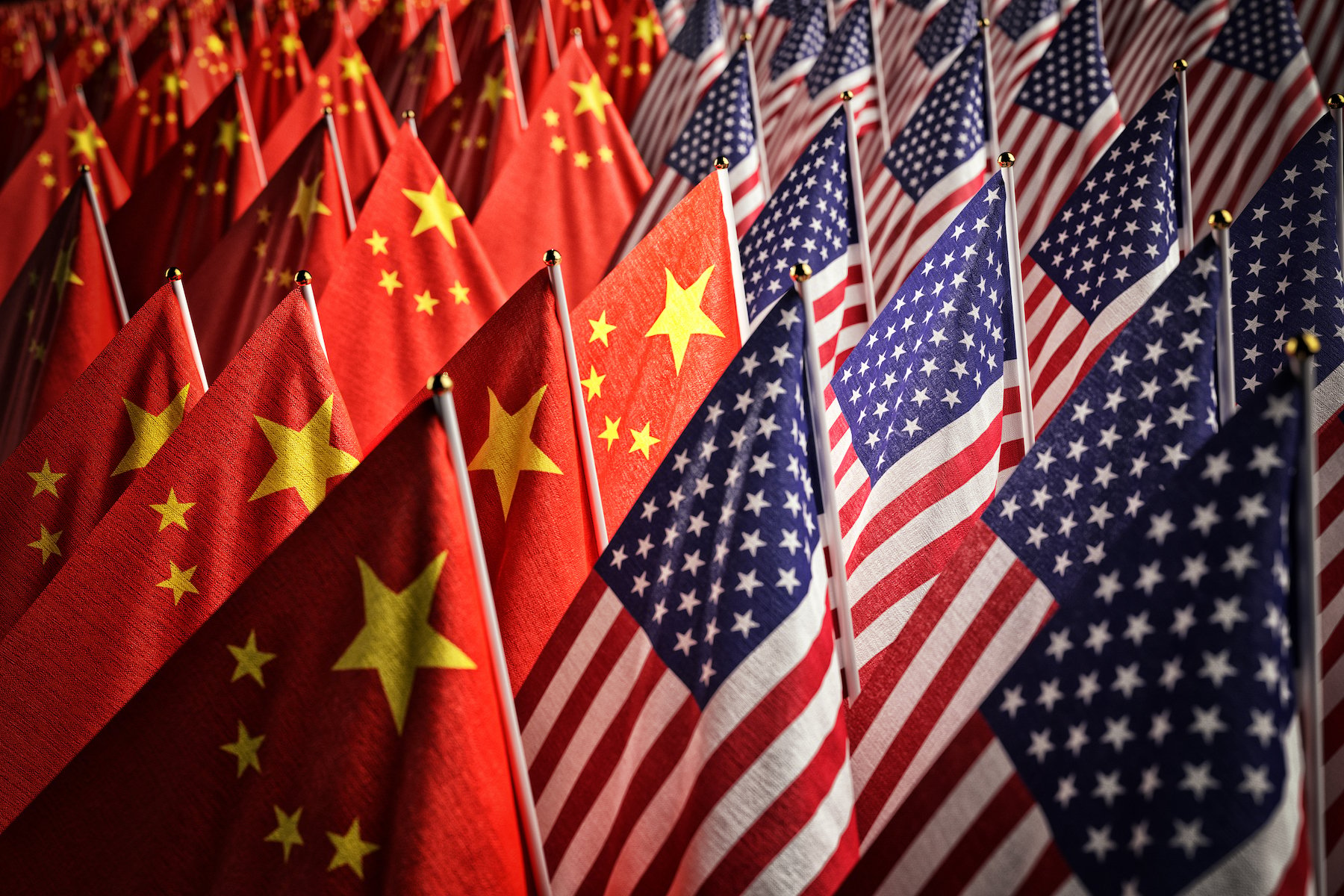
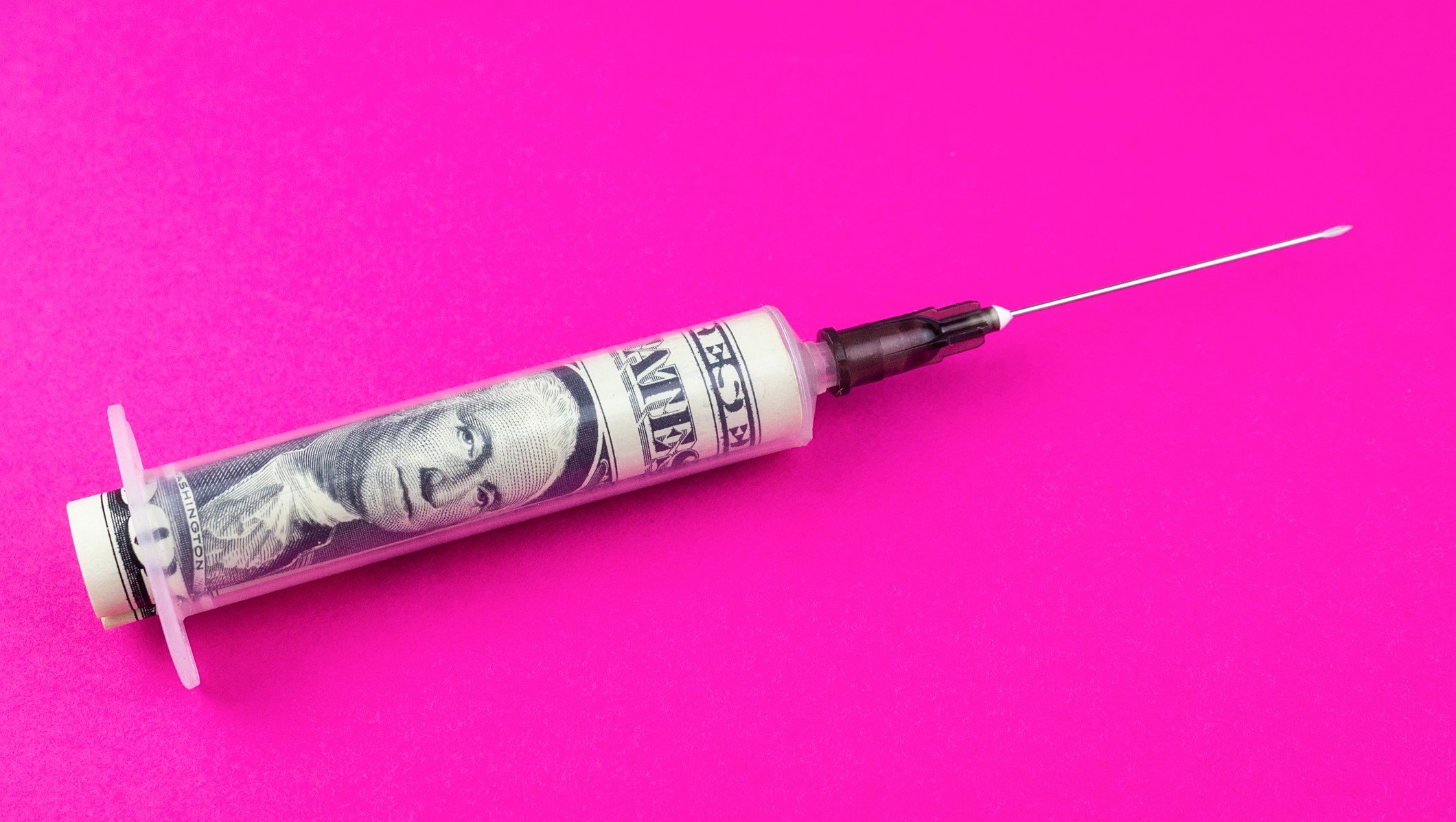

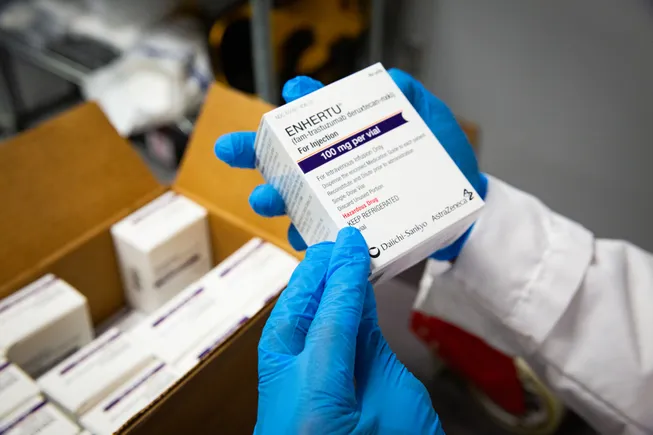
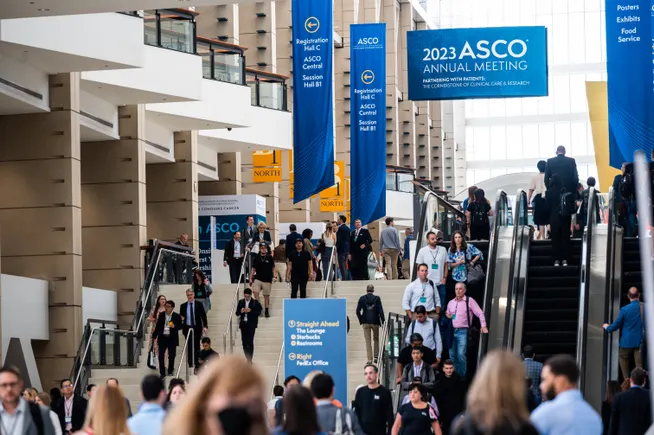














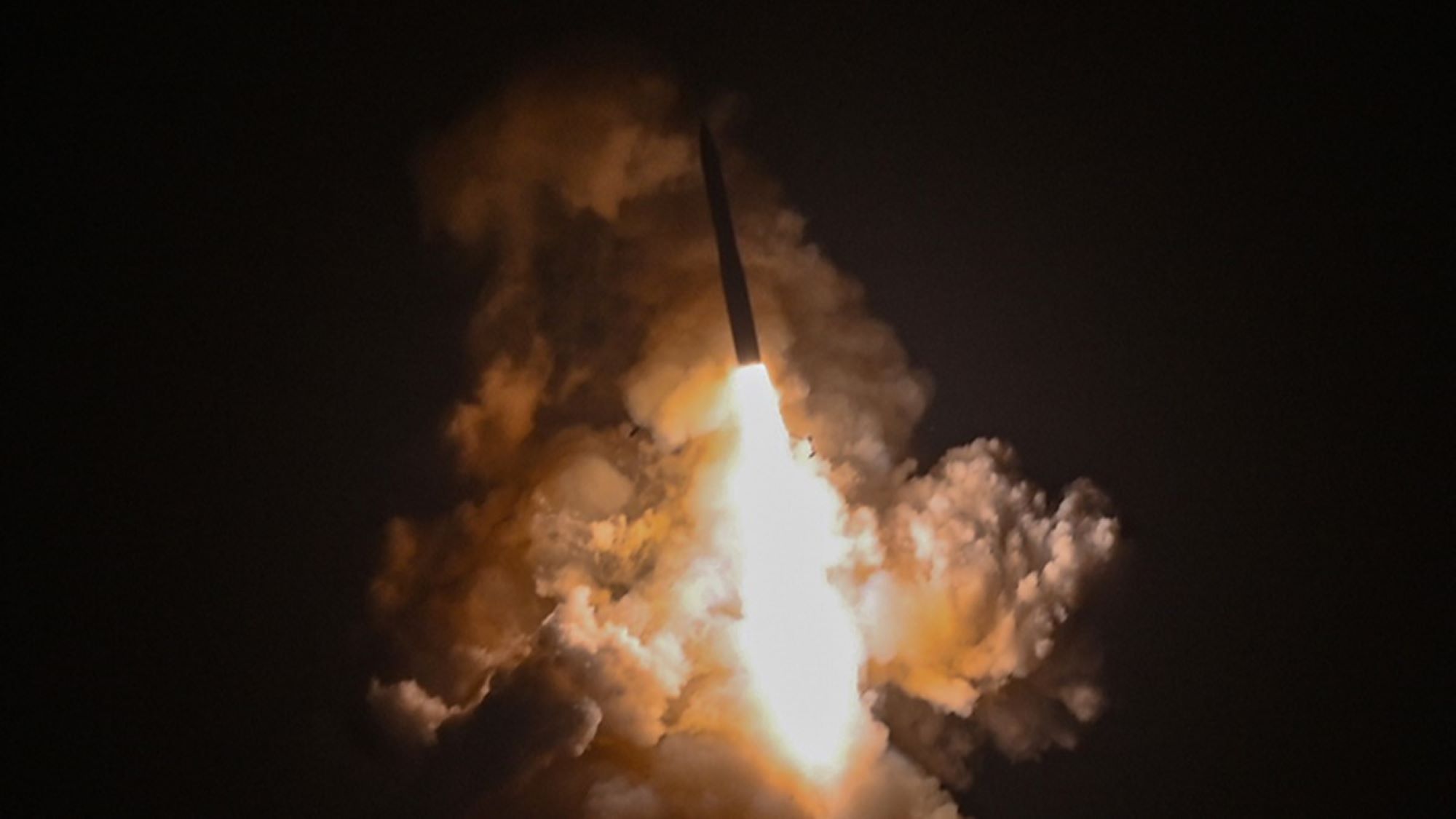


![The F-35’s future: The power and cooling competition that could change everything [Video]](https://breakingdefense.com/wp-content/uploads/sites/3/2024/09/240924_F35_moon_USAF-scaled-e1727200160419.jpg?#)























